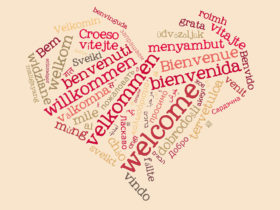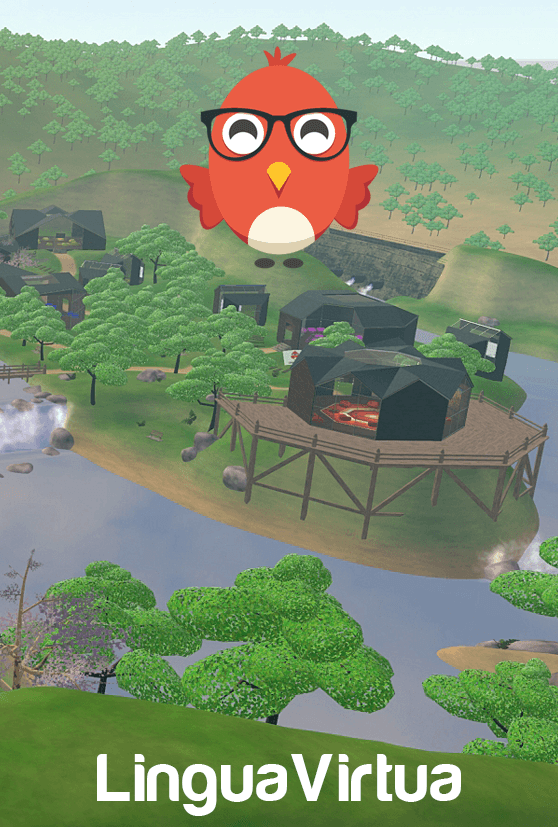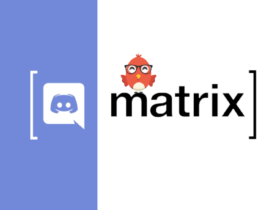The beauty of language is that it is highly adaptable: they evolve as new generations come, words are added to a lexicon, and grammar rules are constantly adjusted. Furthermore, both professional linguists and language enthusiasts alike can construct an entirely new language of their own from scratch.
Often referred to as conlangs (constructed languages), these are fictional or made-up languages that have their own set of grammar and writing system, lexicon, phonology, and other linguistic specifics.
Why Constructed Languages Are Created
Some conlangs like Quendya/Vanyarin and Dothraki are created for fictional books to add a layer of realism to the story.
Other conlangs like Pig Latin and Folkspraak are devised specifically to aid international communication, while some are engineered for the sole purpose of experimentation such as the Láadan conlang.
Sometimes, conlangs are created to simplify the lexicon and thus making it easier for language learners to adopt—formally referred to as controlled natural languages.
In any case, conlangs can be created just for the sheer fun of it, and you can do it too. Here are tips on how to create your own constructed language:
5 Ways to Create Your Own Conlang
Essentially, there is no right or wrong way to create your own language, but a few things can help you have a smoother start:
1. Decide how you want your language to “sound” like
Start with your phonology—how do you want your language to sound like? Draw inspiration from existing languages.
For example, German and Arabic are generally harsh-sounding languages, while French and Italian sound “sweeter” and more feminine.
2. Determine your consonants and vowels
Your phonology goes hand in hand with your phonotactics—the way consonants and vowels go together.
It’s important to note that “hard” languages are those that predominantly use guttural consonants such as /K/ and /G/ with fewer connecting vowels. “Soft” languages, on the other hand, tend to use more vowels than consonants.
3. Create your words
This is where language creation gets more fun: creating your own words or lexicon.
With your phonology and phonotactics to guide you, you can derive your vocabulary from any language that makes sense to your conlang. For example, since the creators of the Dothraki wanted the language to sound harsh, many elements of the conlang were inspired by the Arabic language, including its vocabulary.
Consider your syllables and stresses as well. For example, do some words change in terms of how it is inflected depending on the mood or context?
4. Establish grammar rules
Weave your conlang together by establishing your grammar, as this will determine its flow. At the very least, take note of the following:
- Parts of speech—determine which words in your lexicon function as a noun, pronoun, adjective, verb, adverb, articles, particles, etc.
- Syntax—does it follow the usual SVO (subject-verb-object) order?
- Verb conjugation—how do you determine the past, present, and future tenses of your verbs?
5. Construct your writing system
In most cases, conlangs can take on the usual Latin alphabet, but some others like Tolkien’s Elvish have their very own alphabet and writing system. If you opt for the latter, it is up to you whether you take inspiration from other writing systems (e.g., Latin script, Chinese, Korean, etc.) or devise an original one.
Start with your alphabet system, and from there, develop it further depending on your conlang’s phonology—how do consonants and vowels change respective on the stress and inflection? Another thing to consider is the order of your writing system: are they written from the left to right, top to bottom, etc.?
Resources for Language Creation
Additionally, if you want to enrich your knowledge of language creation, more resources can be found in the Language Creation Society website. You can also join language creation communities—both online and in-person—to connect with our like-minded individuals and groups.
Language meetups such as that of LinguaVirtua can be a great platform for you as well, to share your conlang to other language enthusiasts and even teach it to those who are interested.


























Leave a Reply